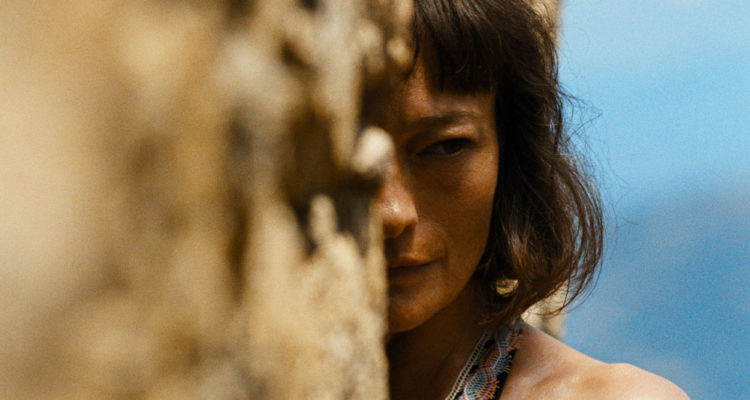
France is the place where it all started; the beginning of the medium we’ve so come to love. Since then, the country has always stayed in the top, re-innovating the artform with every decade and every generation. The medium has a lot to owe to its birth country and the many French filmmakers that helped revolutionize it. Makers like George Melies, Jean Vigo, Alain Resnais, Agnes Varda, Jean-Luc Godard, Jacques Demy and many, many more, some present in this list.
A country with so many brilliant directors and films of course has a lot of films that go overlooked, even though they’re just as brilliant sometimes. This list will look at underseen films both old and new, but all with an unmistakable French feel. Here are 10 great French films you’ve probably never seen.
1. A Tale of the Wind (1988)
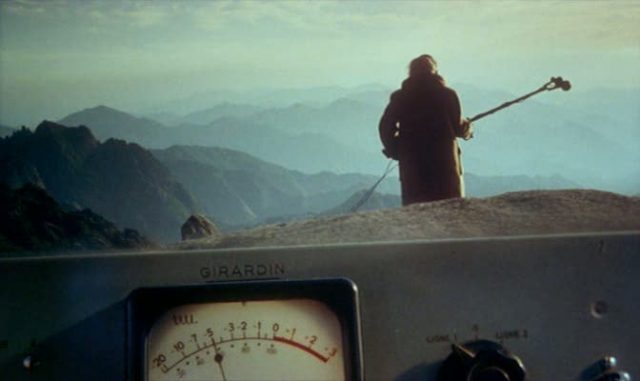
A Tale of the Wind or ‘Une histoire de vent’ was the last work of Dutch documentary-maker Joris Ivens. He directed the Documentary together with his wife, the French Marceline Loridan-Ivens. It’s an autobiographical fiction starring Joris Ivens himself. In the film he tries to capture the concept of wind on film, meanwhile reflecting on his life and on his career. Ivens blends real and fictional moments by using images ranging from dream sequences to documentary footage to Chinese myths and Beijing opera.
Some would argue A Tale of the Wind is more of a film than a documentary since it has fictional sequences, but Joris Ivens really does something ingenious here. Every fictionalized sequence is an expression of Ivens’ mind, a dream, a thought, or an idea. He visualizes what is in his mind by way of fictional film. It’s an ambitious piece that could be compared with works from some of the greatest filmmakers like Agnès Varda or Abbas Kiarostami. It’s a shame this film isn’t more well-known, so hopefully some of you will be curious enough to check it out after seeing it here.
2. Swing (2002)
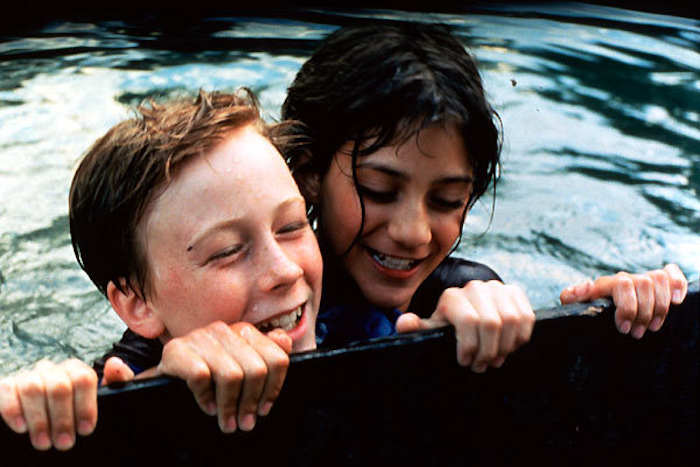
The ten-year-old Max is spending his summer vacation with his grandmother in Strasbourg, France. When in a local bar he falls in love with the Manouche music of a Romani gypsy. Later he visits the gypsies who live in a community of caravans. He wants to find a guitar and be taught how to play this music. In the community he is introduced to Swing, a boyish gypsy girl. They become friends and Swing shows him around in nature and takes him to experience many musical nights. Here Max is in awe of the guitarist he saw at the bar and asks him to teach him how to play.
Swing takes you on a journey through a vibrant musical world where you just seem to flow through. It’s a light-hearted fun you won’t get enough of. Director Tony Gatlif (Latcho Drom, The Crazy Stranger, Djam) is from Romani descent himself and often incorporates the gypsy culture in his films. It’s a culture that’s definitely underrepresented in film, so his work is a refreshing note. Swing is one of his lesser seen films, but this doesn’t mean that it isn’t worth the watch just as much as his others.
3. The Crazy Ray (1924)
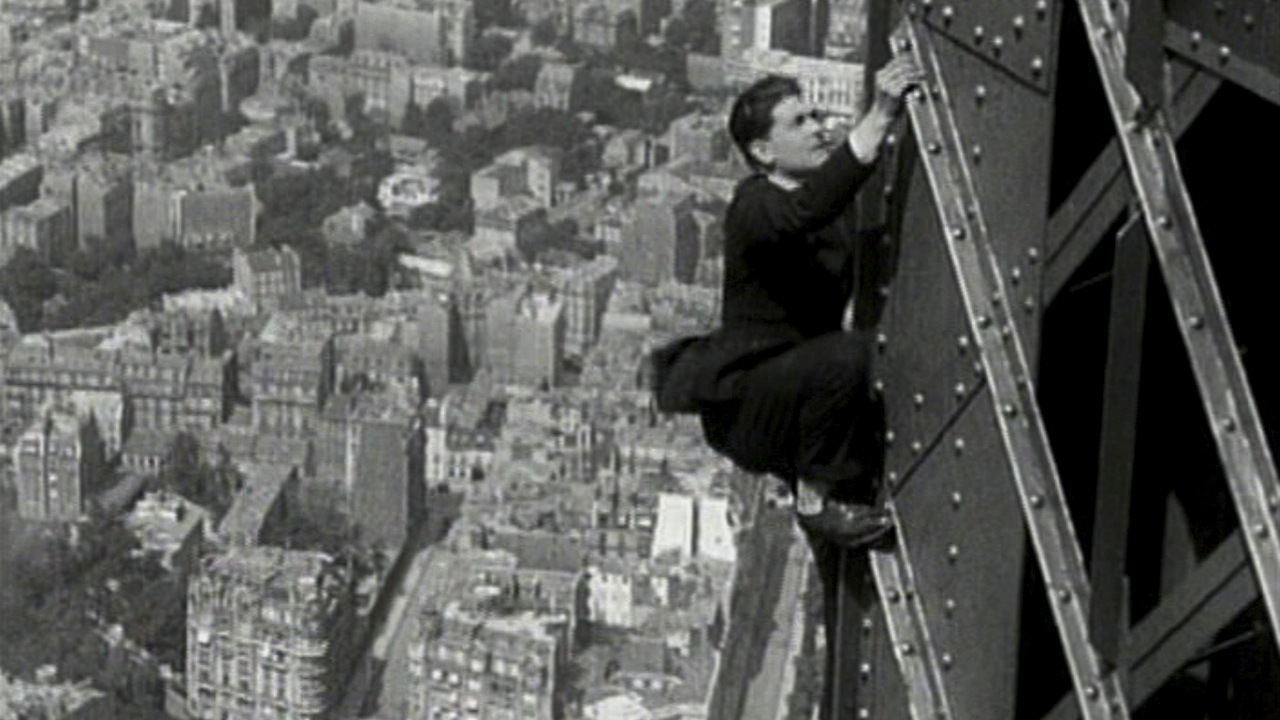
René Clair’s film can be seen in three lengths; it’s originally 65 minutes long, but there’s international versions of 55 minutes and of 35. In the long version, Paris Qui Dort, a scientist has caused the majority of Paris to be frozen. Most people are stuck in their tracks and the people that aren’t seize the opportunity that arises.
With The Crazy Ray René Clair makes a film that’s a social commentary packed in a slapstick-ish comedy. For its time it’s shot and edited very effectively, making the viewer believe the world has stopped turning. The introduction of it might be the most impressive for this reason; the isolation it depicts is truly impressive. It continues to impress with it’s thematic and of course its technical aspect. It sure is a must watch classic, even if it’s just for historic reasons.
4. Let the Corpses Tan (2017)
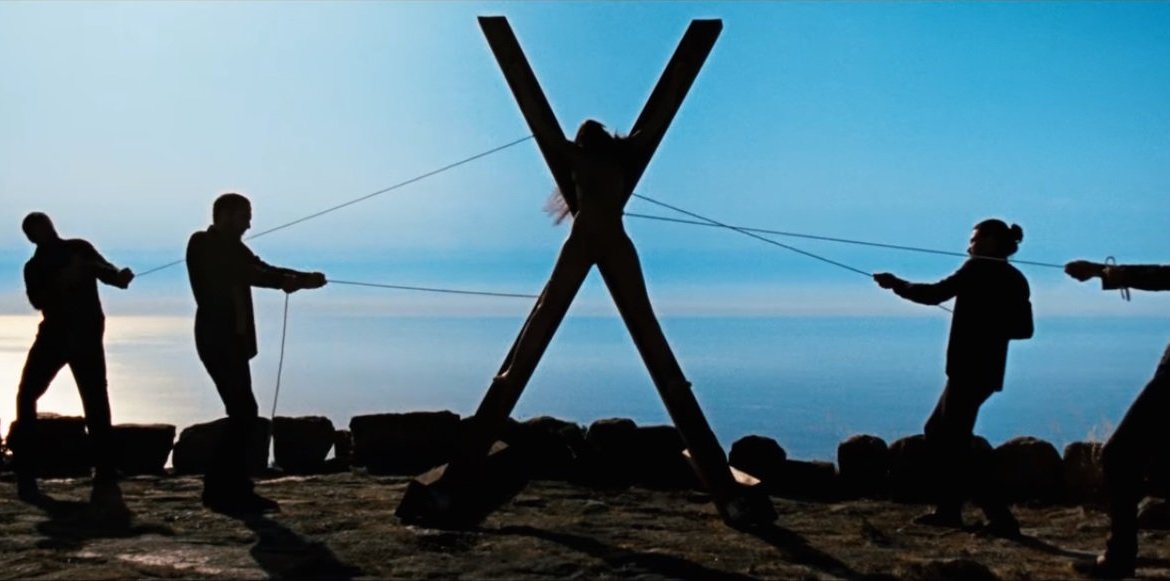
Let the Corpses Tan starts out with two stories, one following a gang wanting to lay low after stealing a big amount of gold and the other about an eccentric artist and her love triangle. Although these two stories already seem interesting on their own, they quickly become something spectacular when they merge at the rural home of the artist. When cops arrive at the estate the picture is complete and the runtime that’s left is reserved for a gunfight that seems to last forever and thankfully so.
Hélène Cattet and Bruno Forzani are two modern directors with an instantly recognizable personal style, which could be subscribed as style is substance. Cattet and Forzani started out directing short films together and continued their collaboration diving into the world of features in 2009 with Amer and after that in 2013 with The Strange Colour of Your Body’s Tears. These two films and their shorts before that showed their love for 60’s Giallo and 60’s genre films in general. With Let the Corpses Tan they explored other genres, being euro-crime and western. Filled with symbolism, homages, and electric cinematography it is another feast for the eyes by genre directors to look out for.
5. Weekend (1967)

Mireille Darc and Jean Yanne star in what’s perhaps the craziest entry in Jean-Luc Godard’s filmography. Corinne (Darc) and Roland (Yanne) are a bourgeois couple on their way to drive out to Corinne’s mother and dying father to scheme them out of Corinne’s inheritance. Both have a similar secret agenda as they both are having an affair and both are conspiring to kill each other. The trip that follows is a bizarre one, filled with chaos and surrealistic moments.
The first half hour of Weekend contains an explicit description of an affair followed by a traffic jam sequence like no other. After this it only gets wilder and grander, without ever going into anything that could be considered a conventional plot in true Godard fashion. It’s a shame that Weekend isn’t up there with Breathless, Pierrot le Fou, Vivre sa Vie and more of his most acclaimed work, but surely it deserves to be up there just as much as the others.